In the field of international trade, there are multiple documents that are essential to ensure a successful transaction. One of these key documents is the packing list. In this article, we will explore what a packing list is, why it is critical for logistics operations, and how its proper preparation can prevent major issues in the import and export process. Additionally, we will explain how Bull Importer can provide the help you need to efficiently manage this crucial aspect of your business operations.
Definition and Main Function of the Packing List
The packing list, also known as a packing or content list, is a document that details the contents and characteristics of goods shipments. It includes important information such as product descriptions, quantities, weight, and dimensions, which facilitates both handling and verification of goods during the transportation process.
Essential Elements of a Packing List
A well-structured packing list should include the following information:
- Product description: A clear and precise detail of each item being shipped.
- Quantity of units: The exact number of pieces for each item.
- Weight: Gross and net weight of the merchandise, often expressed in kilograms.
- Package dimensions: Dimensions of each box or package in the shipment.
- Number of boxes or packages: The total quantity of packages making up the shipment.
- Consignee and shipper details: Important information regarding the origin and destination.
- Any other remarks: Special handling instructions, if applicable.
Importance of a Packing List in the Import Process
The packing list is crucial not only for meeting customs requirements but also for ensuring proper inventory management and related logistics. The absence of an accurate packing list could lead to delays, delivery errors, or even customs penalties. Bull Importer understands these complexities and offers comprehensive services from accurate preparation to verification of the packing list, ensuring every detail aligns with your logistical needs. If you’d like to learn more about our import services, visit our website to explore our comprehensive import management solutions.
How Does a Packing List Differ from Other Export Documents?
It’s common to confuse the packing list with other export documents, such as the commercial invoice or the bill of lading. However, each serves a specific function and has distinct characteristics. Let’s compare the packing list with these common documents:
Packing List vs. Commercial Invoice
The commercial invoice is a financial document that details the value of the exported goods, while the packing list does not include product pricing information, but rather focuses on logistical and content details of the shipment. The commercial invoice serves as the basis for customs declaration and billing, but it doesn’t provide the technical breakdown offered by a packing list.
Packing List vs. Bill of Lading
The bill of lading is a certificate issued by the carrier that serves as proof of cargo receipt. Although it also includes details about the content, it focuses more on documenting the transit of goods from exporter to importer. In contrast, the packing list is centered on facilitating complete management of warehousing and internal transportation of the merchandise.
These differences highlight the importance of having a packing list alongside other documents for a successful execution of any international trade operation.
Common Mistakes When Preparing a Packing List
Preparing a packing list may seem like a simple task, but there are several common mistakes that, if not avoided, can complicate logistics and customs procedures. Here are some of the most frequent errors:
Errors in Quantity and Product Description
A frequent error is mismatching the quantity or product description between what’s on the packing list and what’s actually in the boxes. This can cause confusion and delays during customs inspection. It is essential to ensure that the physical goods exactly match the data on the packing list.
Incorrect Weight and Dimensions
Incorrect weight or dimension data can lead to problems with cargo calculation and space, affecting shipping and delivery costs. This is especially relevant in air transport, where weight and volume crucially impact the applicable rates.
Missing Key Information
Failing to include essential details, such as the final recipient or special handling requirements, can lead to significant delays. When preparing a packing list, make sure it is as complete as possible to avoid misunderstandings.
How Bull Importer Can Help with Your Packing List
At Bull Importer, we know that efficient document management—such as with the packing list—is essential for the success of any import or export operation. Our comprehensive import or manufacturing management service is designed to assist businesses with the correct handling and oversight of their logistics processes.
By trusting Bull Importer, you gain:
- Personalized management: International trade experts guiding every step of the process.
- Document accuracy: We ensure every detail is thoroughly reviewed and correct.
- Logistics optimization: We assist in the efficient planning and execution of your supply chain.
- Regulatory compliance: We ensure all operations comply with current laws and regulations.
In conclusion, the packing list is much more than a list of items; it’s a fundamental document that can influence the efficiency and success of your international trade operations. With Bull Importer by your side, you can rest assured this critical logistics component is in the best possible hands.
Frequently Asked Questions About the Packing List
What is a packing list and why is it important?
A packing list is a document that details the contents of a shipment, including descriptions, quantities, and product dimensions. It is important to facilitate control and verification during transportation logistics.
Is a packing list required for all international shipments?
While not a legal requirement, it is highly recommended in most international transactions to avoid customs issues and ensure shipments are properly handled.
Who is responsible for creating the packing list?
The shipper or exporter is usually responsible for preparing the packing list, although it can also be coordinated with logistics companies or freight forwarders.
What happens if there are discrepancies between the packing list and actual contents?
Discrepancies can lead to delays, customs fines, or even cargo retention. It is essential that the packing list be accurate and reflect the exact items shipped.
How can the accuracy of a packing list be ensured?
By reviewing and confirming every detail before shipping, and coordinating with an experienced logistics team, you can ensure packing list accuracy.
Can Bull Importer help with creating a proper packing list?
Yes, Bull Importer provides comprehensive services including personal consulting and support in the preparation of logistics documents, ensuring your packing list and paperwork meet all necessary regulations.



